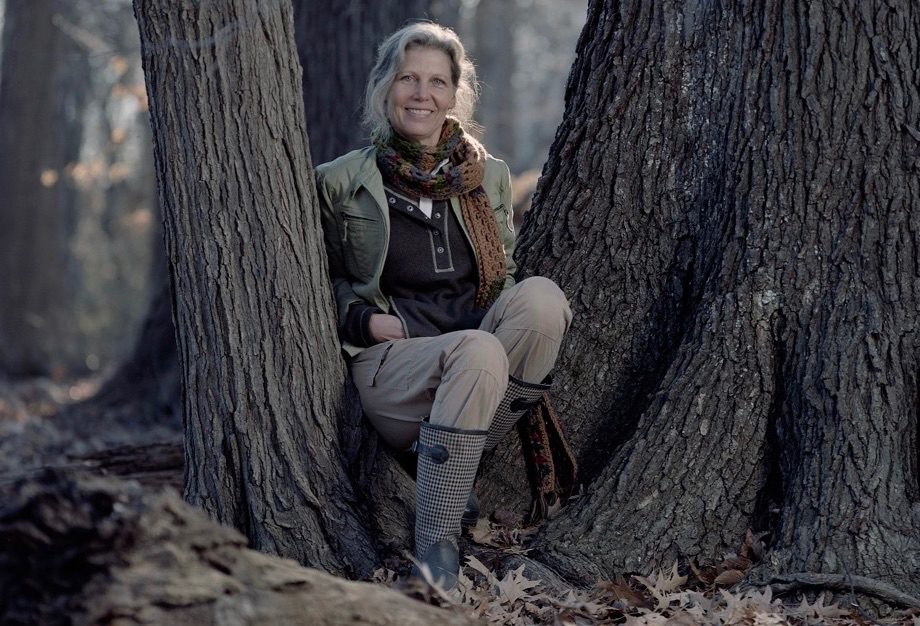
It’s not every day that one bumps into a visionary – but it seems to be happening more often these days. On the “dance floor” of a very special beach party, on the wild Pacific Coast of Oaxaca, we found ourselves face to face with the founder of a movement to protect those rare and magical spaces on the planet known as old-growth forests. If you have had the privilege of standing in one of these ancient living temples, where the Web of Life continues undisturbed as it has for millennia, you will understand the importance of this movement. Less than 10 percent of the United States’ original virgin forests are left standing, and Joan Maloof has dedicated herself to doing everything possible to save the rest of them.
What she and her small team has already been able to achieve in the six short years since she founded the Old-Growth Forest Network is impressive, and what they have in the works is even more so. The author of four beautiful books, Joan is a beautiful writer – and now, on top of an already packed schedule, we are thrilled to announce that Joan has agreed to be a collaborator of The Esperanza Project. We begin with an interview, so that readers can begin to get to know her and the Old-Growth Forest Network.
Esperanza Project: I am very interested in how a person becomes someone who “speaks for the forests.” Can you share some stories about how you became this person?
Joan: As I look back on my life now I realize that I must have been “born this way” – born fascinated by plants. I have early memories of crawling through my suburban lawn paying close attention to every little plant. I even had a secret patch of four-leaf clovers! This was before the age of five. At the age of six I was stunned to see the bulblets growing from the top of a wild onion plant in a vacant lot – I mean literally stunned – it seemed so alive to me that it was almost frightening. It was like encountering an alien intelligence. All these years later I look back and realize that plants do have an intelligence that I could sense at that young age, even though our culture generally operates as if plants are just “things.”
I’m sure that if we all looked back into our past we could find moments in our youth of experiencing deep connections with the natural world. Many of us lose that connection eventually, but it always stayed strong for me. As I got older I experienced more and more connections with plants: the wonder of watching a bud slowly open over the course of a day; the magnificent beauty of a tulip-poplar flower; the consciousness altering fragrance of certain plants.

Some people assume I was mentored by an older person who also loved plants, but that isn’t the case. Although I had a deep connection to plants I actually “knew” very little about them in a factual sense. I didn’t start putting names to the plants I loved until I was in college!
I spent many years in college learning fact, after fact, after fact about plants. And I loved learning these facts! I eventually became a PhD scientist specializing in rare plants and pollination ecology. Many people in that position would have stayed right there, moving up the ranks in academia and publishing studies that were more and more specialized. But I was always aware of the bigger picture, aware that things were not right with how we treat each other how we treat the earth. I felt called to defend both the innocent people who were being bombed (often by our bombs) and the plants and animals that were being destroyed by clear-cutting (rather like bombing nature). Some people can speak up for themselves, but plants and animals cannot. The turtles and trees in a forest cannot influence laws or make their case in court. We must do that for them. If we care.

For some reason I cared. I can’t explain that either. Born that way? Instead of going deeper and deeper into the minutia of facts I started coming back out to the big picture and speaking for the things with no voice. I began writing essays aimed at educating foresters, and then I realized I was writing a book.
Teaching the Trees: Lessons from the Forest was published in 2005 while I was still teaching. It was an interweaving of the facts about a forest (how one living thing is connected to another, and then another, and then another) along with my feelings about losing the beautiful, special, forests. Many of my readers wrote to tell me that they saw forests differently after reading that book. But I kept getting the same question over and over: How do I get to that old-growth forest you described in the book? (Old-growth forests are forests that have never been logged. They contain trees many hundreds of years old.)
So I set about writing a book about the old-growth forests in the Eastern US. I learned how rare these forests are (less than 1% left!), how beautiful they are (after visiting so many and being awed time after time), and how important they are for biodiversity – providing critical habitat for many different species. The new book (Among the Ancients) enabled me to be a voice for the ancient forests, but at the same time I realized that some of our ancient forests were still threatened with logging. And almost no one was talking about preserving some of the once-logged forests to let them recover. So much needed to be done!
In addition to saving the forests, ideally we need to help more people connect with the forest. Children, especially, need opportunities to spend time in an older forest. But how would parents find these places for their children? How far would they be willing to drive? A database that showed where the protected, accessible, open-to-the-public, forests were located would be useful for connecting people to the forest ecosystem. And while we’re at it, shouldn’t we have at least one forest in each county that fits these criteria?
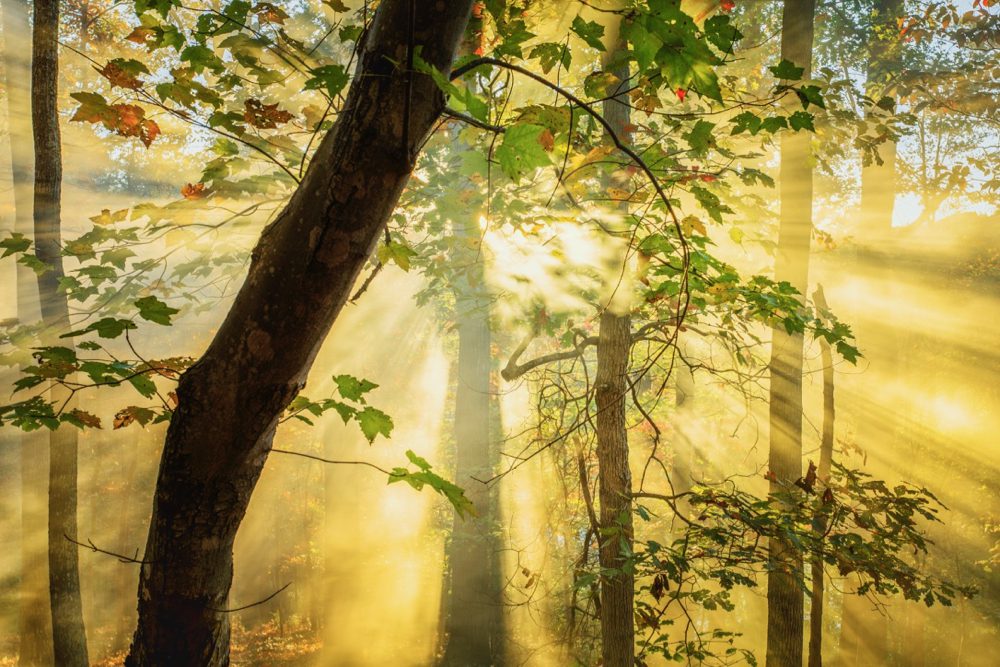
Esperanza: How did you go from being an academic who cared about and studied plants to becoming the founder of a national organization?
Joan: It came to me in one big ah-ha moment while I was traveling to New England’s old-growth forests: We need an organization to connect people with nature by creating a national network of protected, mature, publically-accessible, native forests. The goal of the organization would be to preserve at least one forest in every county in the United States that could sustain a forest. The result would be a national network of treasured forests where all generations can experience native biodiversity and the beauty of nature. Immediately I knew that this would be my life’s work. I also knew that I couldn’t do it alone. I am not a wealthy person so I would need financial support. This all pointed toward the creation of a non-profit organization.
But there are so many environmental non-profits already! I thought, surely there must already be one that speaks out for the ancient forests of the United States? I searched and searched but found no national organization speaking specifically for preserving ancient forests no matter the owner. So I started the Old-Growth Forest Network in 2013, still thinking that I would eventually uncover an organization with a similar mission. Six years later I can say that I am sure that no other organization like this exists.
Four years after that ah-ha moment, and one year after I lost my spouse to a fast-moving disease, I took an early retirement from the university and started working full-time to create the Old-Growth Forest Network. The organization is now six years old. We have two full-time and two-part time employees. We have generous donors and thousands of people who have signed up to be “supporters” of the mission. I have published two more books about forests. The Old-Growth Forest Network now includes 91 forests in 21 states. Information about all of them may be found on our website: www.OldGrowthForest.net .

Esperanza: The Old-Growth Forest Network you have created sounds very exciting. Will you just continue to grow the Network or do you have other plans?
Joan: Although this growing Network sounds like something to celebrate – and it is! — what we are coming to realize is that so much more needs to be done to save forests. We get calls from people all over the country who want us to help them save their local forests. We could have decided that this wasn’t our mission, but instead we decided to do all we could to help save threatened forests. In addition to letter writing and one-on-one counseling, we have also created a ‘How to Save a Forest Toolkit.’ In addition, we are challenging the claims of silviculturalists that logging is “healthy” for a forest. I wrote a whole book debunking this notion (see Nature’s Temples) and produced an animated video for those who don’t have time to read the whole book (see The Healthiest Foreston YouTube). We are full of ideas!
Although we have vastly more work to do than we can accomplish with our small staff, we are a joyful little team. Speaking for the forests is an honor because we realize that we are not just speaking for the trees, but we are also speaking for all the other organisms – from birds to salamanders to mushrooms – that depend on that forest. We are also speaking for future human generations who will be grateful that they have ancient natural forests to visit.

Esperanza Project: What makes your organization different from all the others?
Joan: Believe me, I know it seems like there are already so many environmental organizations! I am a member of many of them. The Old-Growth Forest Network is unique because we are the only national group speaking out specifically for older forests of all ownerships. We focus on preservation, not on restoration or planting. Restoration and planting are good things, but first we must stop the destruction of the ancient standing forests. So many times forests are cut with the excuse that “we will replant.” But those replanted forests are never as beautiful or as biodiverse.
The Old-Growth Forest Network is also unique because we are doing so much with such a small staff. All of us are passionately committed to our work. When I go to the websites of other organizations I frequently see a long list of staff members, and the salaries of their senior staff can be quite high. (The CEO of The Nature Conservancy, for example, makes over $780,000 per year.) It takes a lot of donations just to cover those salaries.
At OGFN we are very careful with our funds, often camping out, staying in private homes, or, in a few cases, in my car, to save money. We are also trying to “be the change we want to see in the world.” For instance, our printed materials are all on 100% post-consumer recycled paper. This costs more but to us it is worth it. Like you, we don’t like ‘junk mail’ – a huge waste of resources – so we only send out two mailings a year: One is a summary of what we accomplished the previous year, and the other is an end-of-year letter. Who wants to be bothered with weekly emails from the many groups they support? Not me. The Old-Growth Forest Network only sends four emails a year to our whole list, and we never share our list with anyone. Do you like those pop-ups that come up asking for your contact info when you go to a webpage? We don’t like them either, so we’ll not have them on our page. These are just a few examples of how our organization looks at the big picture.
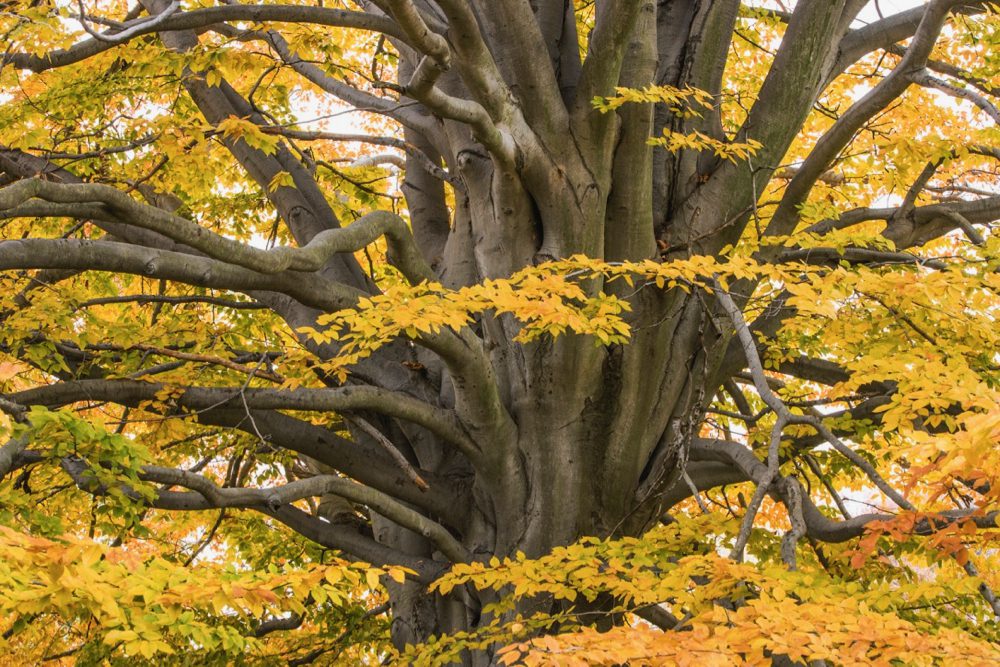
Esperanza Project: Are you against all logging?
Joan: We are not against all logging, but we believe that not all forests should be logged. Some forests should remain off limits to logging. It would be great if even ten percent of forests were preserved; we are nowhere near that figure now. In many counties we cannot find a single open-to-the-public and protected-from-logging forest!
There is no doubt that wood is an important and useful substance. We celebrate wood products and our largest corporate donor is a woodworker (Wake the Tree Furniture), but wood can be grown as a crop by private companies. Our public forests should not be relied on to provide this commodity – especially not our town forests and our parks! Yet that is happening in some places.
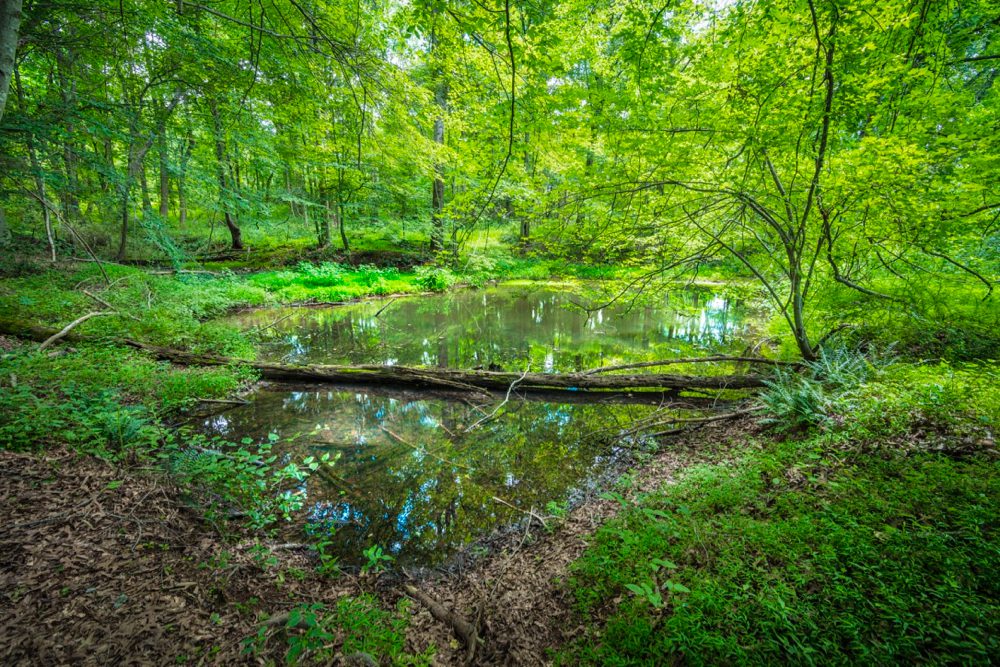
Esperanza Project: How can others help and become involved?
Joan: We couldn’t do this work if we didn’t have donors who also cared about forests and believed in what we are doing. I imagine that many of our donors would be working to save forests themselves if they didn’t have other tasks calling them. We are honored to do this forest-saving work in their name. And some exceptional people are both working to save their local forests and donating to our work on a national level. We have two hundred volunteers we call County Coordinators who are looking for the best Network forest for their county.
If a person is not ready to become a County Coordinator or a donor, we welcome them to sign up as a supporter so they can be notified of talks and forest dedication hikes in their state. Hopefully they will get inspired to become more involved.
This work is positive and joyful and we invite all to join in. The forest needs more voices!
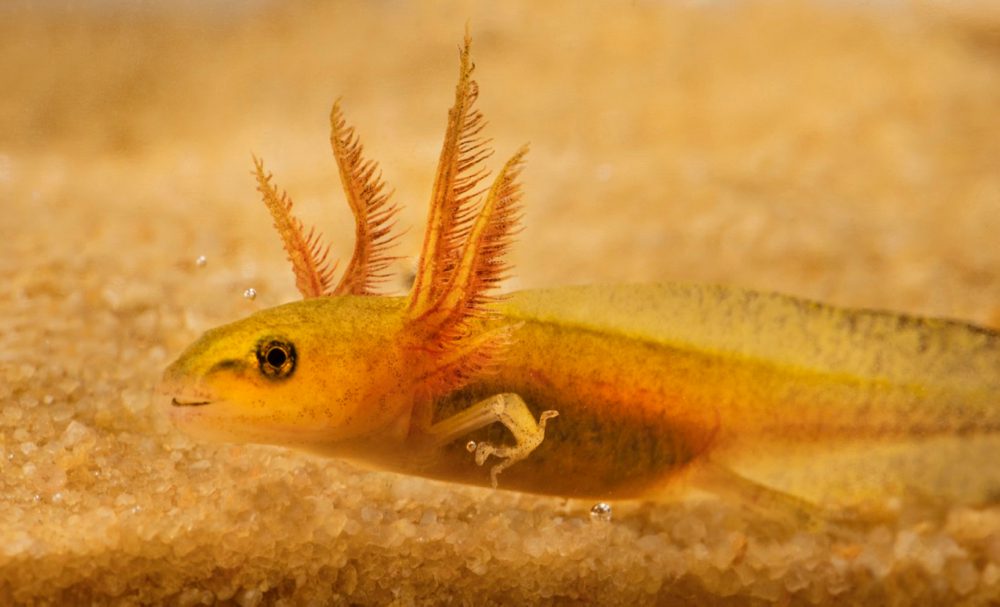
Esperanza: Does your organization do international work?
Joan: I am frequently asked if we work internationally, and although I keep track of what is happening on the global level and share that information with others, I have to answer that for right now the Old-Growth Forest Network is focused on completing our mission in the US before we move on to work internationally. I feel strongly that each nation needs a strong forest preservation organization, and then we eventually need a strong international organization that speaks out for the ancient forests everywhere. One of the reasons I decided to focus my work in the US is that our school children were being taught all about the tropical rainforests, and told that the rainforests needed their help and protection, meanwhile special forests in their own community were being destroyed and no one was saying anything about it.. I guess I’m fulfilling that call for action I had on a bumper sticker long-ago: “Think Globally, Act Locally.” For me local is my whole nation.
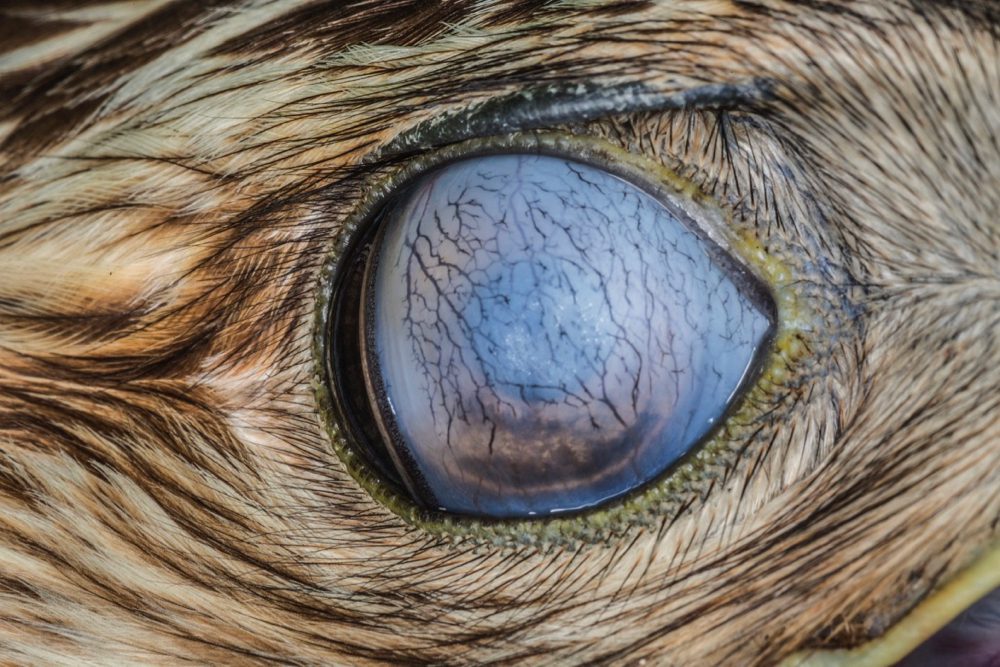
Esperanza: So what brought you to that magical beach in Oaxaca?
Joan: For me, that beach is a sacred spot; it is healing for both my body and my spirit. I have been making a pilgrimage there almost every year for almost twenty years. There are so many elements of that place that I love: basking in the warm mid-winter sunshine, hearing the constant sound of the surf, soaking in the clean ocean, eating fresh local food, visiting local friends. But I am also renewed by the wildlife there: seeing parrots, pelicans, hummingbirds, iguanas, sea turtles, and sometimes whales. The tropical dry broadleaf forest there is also special to me. Sadly, I have seen the forest shrinking over the years as development slowly encroaches upon it. I have considered buying a plot or two just to preserve the forest near the coast, but I am told that if one is not actively “using” ejido (communal ownership) land it would likely be retaken. So I have let that project go for now, and have focused my brief time in Mexico on rest and renewal. I justify that by recognizing that I have a very large mission already that I need to stay strong for, but still, I would love to see a few forest preserves created in that village.
There are a number of ways to support the Old-Growth Forest Network, including joining its Legacy Grove Society. For more information, see the network’s website.
Joan Maloof is Professor Emeritus at Salisbury University, founded the Old-Growth Forest Network to preserve, protect and promote the country’s few remaining stands of old-growth forest. … She is the author of Teaching the Trees, Among the Ancients, Nature’s Temples, and most recently The Living Forest.

forest protection Joan Maloof Old-Growth Forest Network Robert Llewelyn The Living Forest